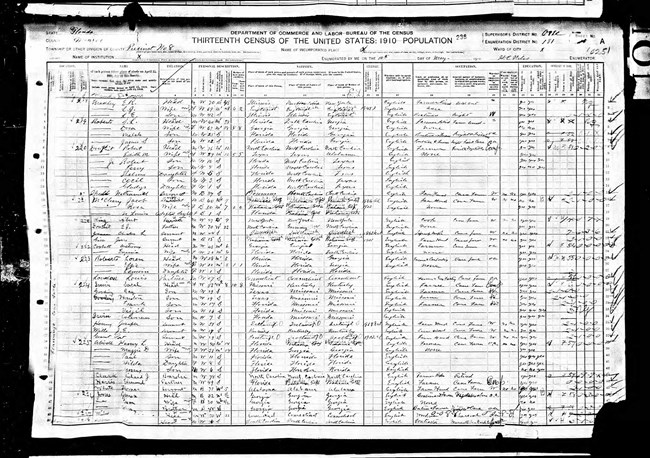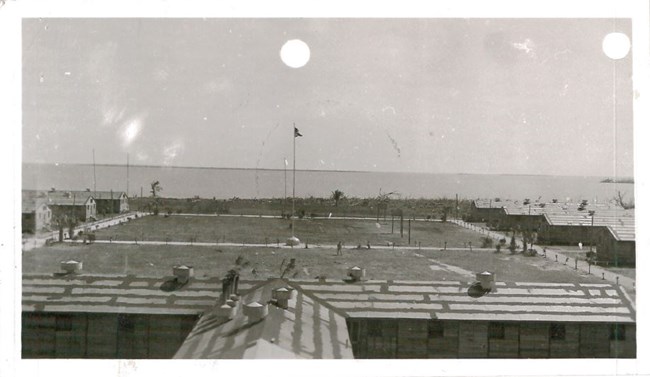
The State Library and Archives of Florida Early RecordsIn the early 20th century, African Americans began to live and work in the Flamingo and Cape Sable areas of what would later become Everglades National Park.In December of 1902, the Florida East Coast Railway began an exploratory survey of the Cape Sable region to determine if it would be the best route for the rail’s extension to Key West. The Cape Sable survey party included African American men. 
National Archives 
National Archives, Records of the Civilian Conservation Corps, Camp Inspection Reports, Box 43 Civilian Conservation Corps (CCC) in Flamingo
Although most of the CCC camps employed white workers, a few early CCC camps were somewhat integrated. However, this changed when the national CCC administration established separate camps for African Americans. In the wake of the Great Depression, President Franklin D. Roosevelt enacted the Civilian Conservation Corps (CCC)—a New Deal work relief program which employed young, low-income men to complete conservation work on the nation’s various state and national parks. These men were provided with shelter, clothing, and food, and received $30 per month, $25 of which was sent back home to their families. Research“We are still learning about African American experiences in what is now Everglades National Park as their stories are not well documented. Through the Civil Rights Commemorative Initiative, Everglades National Park has received funding from Congress to pursue research projects that have relevance to African American civil rights and experiences, including slavery, resistance, Reconstruction, and the American Civil Rights Movement of the 20th century and beyond.”If you have a personal story or materials that would help us understand more about the people who lived and worked in Everglades National Park, please email us by using this form. |
Last updated: June 19, 2020
